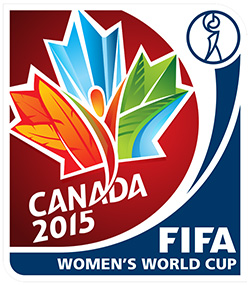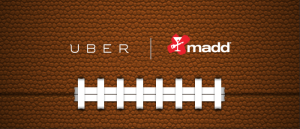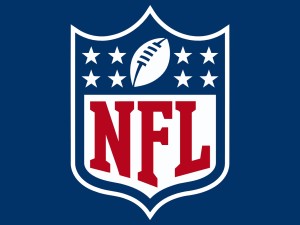 Die hard soccer fanatics and fair weather sports fans alike cheered loudly as the U.S. Women’s Soccer team brought the World Cup down to its final game…and nailed it, making them the first team ever to win three world championships. Names like Wambach, Solo and Lloyd were further etched into sports history, and young athletes everywhere had a reason to keep dreaming of the big time.
Die hard soccer fanatics and fair weather sports fans alike cheered loudly as the U.S. Women’s Soccer team brought the World Cup down to its final game…and nailed it, making them the first team ever to win three world championships. Names like Wambach, Solo and Lloyd were further etched into sports history, and young athletes everywhere had a reason to keep dreaming of the big time.
Another big winner? U.S. Soccer sponsors, who benefitted not only from being front and center during the most watched soccer game in American television history, but from well cultivated partnerships built around the sport. Some on a large scale, some on a small one, but each with a particular angle.
Sports Gear Powerhouse
Take for example, Nike, a company whose partnership with U.S. Soccer spans back to 1995. Moving far beyond event sponsorship and product promotion, the Nike brand has worked to promote the sport of soccer as a whole. In addition to higher profile national team programs, Nike has also supported initiatives geared toward player cultivation on every level through their U.S. Soccer Development Academy.
In support of the 2015 U.S. Women’s team, the brand backed every promotion with the hashtag #NoMaybes. The result was a huge social media win for Nike, with the biggest push coming during the hours before Sunday’s final, when individual players were the focus of the #NoMaybes campaign on Twitter. The U.S. Women were also the focus of a Nike video series called Pressure Makes Us, which focused on each players drive to the top, as well as the team’s progress toward Germany and the start of the World Cup.
Healthy Fruit Growers
By contrast, another U.S. Soccer sponsor rode the World Cup wave in a simple, almost grass roots manner. The National Mango Board signed on this year as the “official fruit” of the National Women’s Soccer League. On a local level, the Board went market by market, sampling mangoes at soccer matches and inviting fans to enter to win tickets to big market matches through their social media channels. On their website, mango growers posted nutritional information and recipes, urging fans to enjoy the superfood and “eat like a superstar.”
Big or small, it’s about lining up the shot
What we can learn by these two examples is that regardless of its size and scope, a publicity partnership can score for everyone if it’s planned and executed thoughtfully. Basic concepts always apply:
Know your audience – High end video production, celebrity endorsements, massive social media campaigns…all key for a global brand like Nike. We all know the swish mark – putting the drama of competition around it creates the perfect draw for the athletic and sports minded demographic.
For families looking for a healthy snack option and maybe some great tasting summer recipes – more of the soccer parent crowd – sideline food sampling and game day ticket giveaways are the perfect hot button.
Match the mood – Nike’s black and white video spots, rich with sweaty athletes pushing it to the max, is a perfect lure for real and armchair athletes alike. The Mango Board is visually all about color and fun, from its playful font to a Facebook comment that called the final game against Japan “one for all the mangoes – we mean marbles!” For kids and families, the perfect tone.
Today’s publicity efforts are more varied than ever, with countless ways to maximize promotional channels. If you’d like to figure out not only your message, but the best way to target and formulate it, we’re ready to put our team to work for you. Give us a call at (203) 762-8833 to get the ball rolling.
-BML
![102512229-Race_Together_[4].530x298](http://www.klcpr.com/wp-content/uploads/2015/03/102512229-Race_Together_4.530x298-300x169.jpg)

 Football season is well underway, and while much of the NFL’s media coverage includes actual scores, stats, and highlights, a large portion has centered on the real life crime drama playing out off the field.
Football season is well underway, and while much of the NFL’s media coverage includes actual scores, stats, and highlights, a large portion has centered on the real life crime drama playing out off the field.